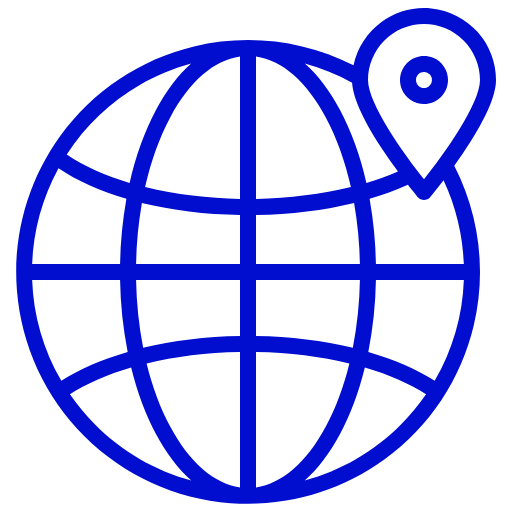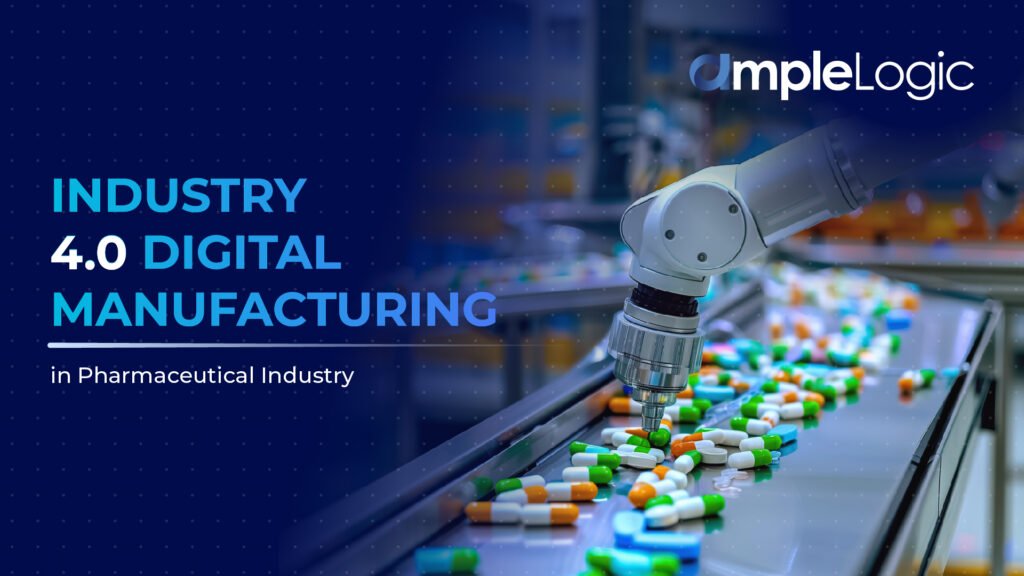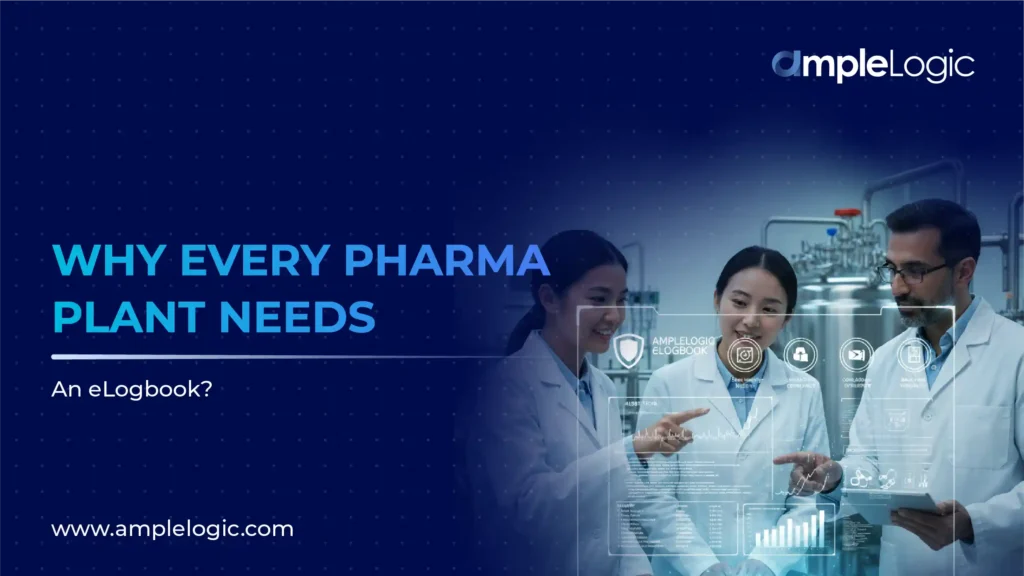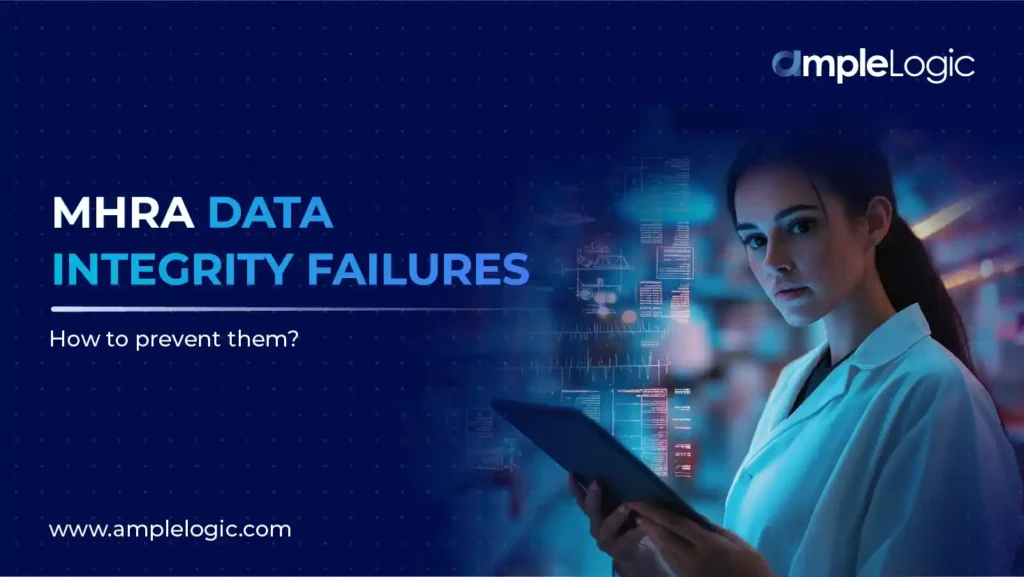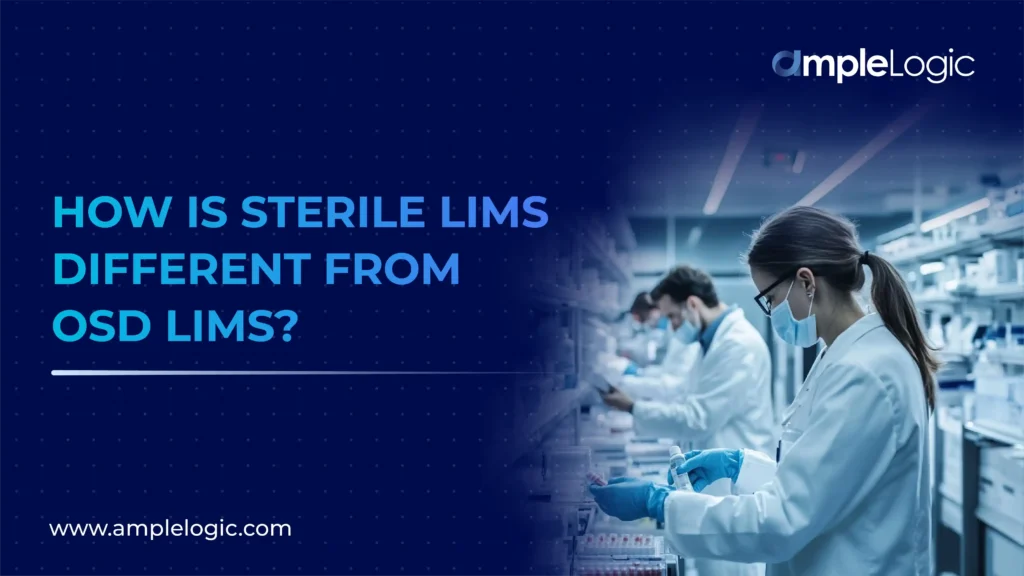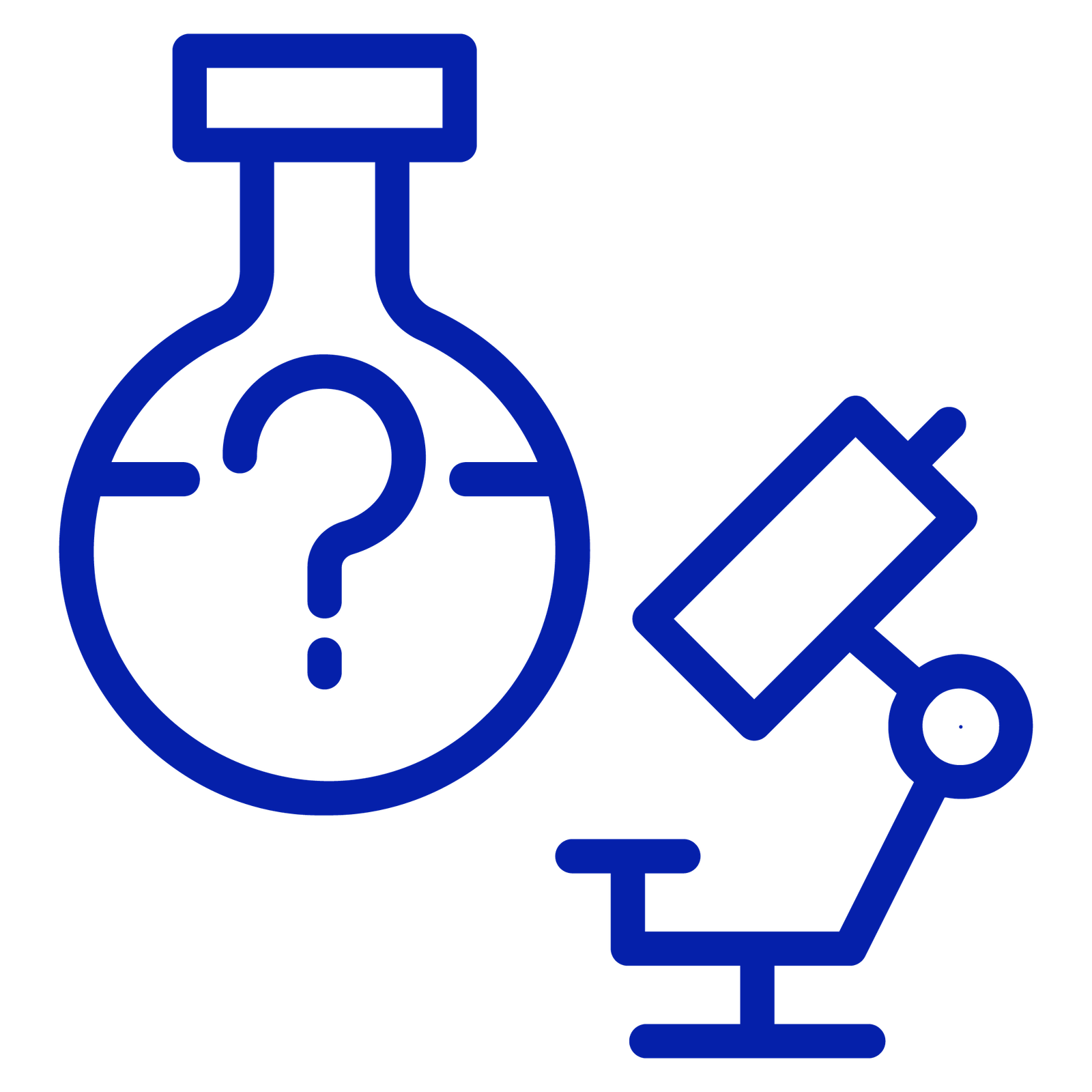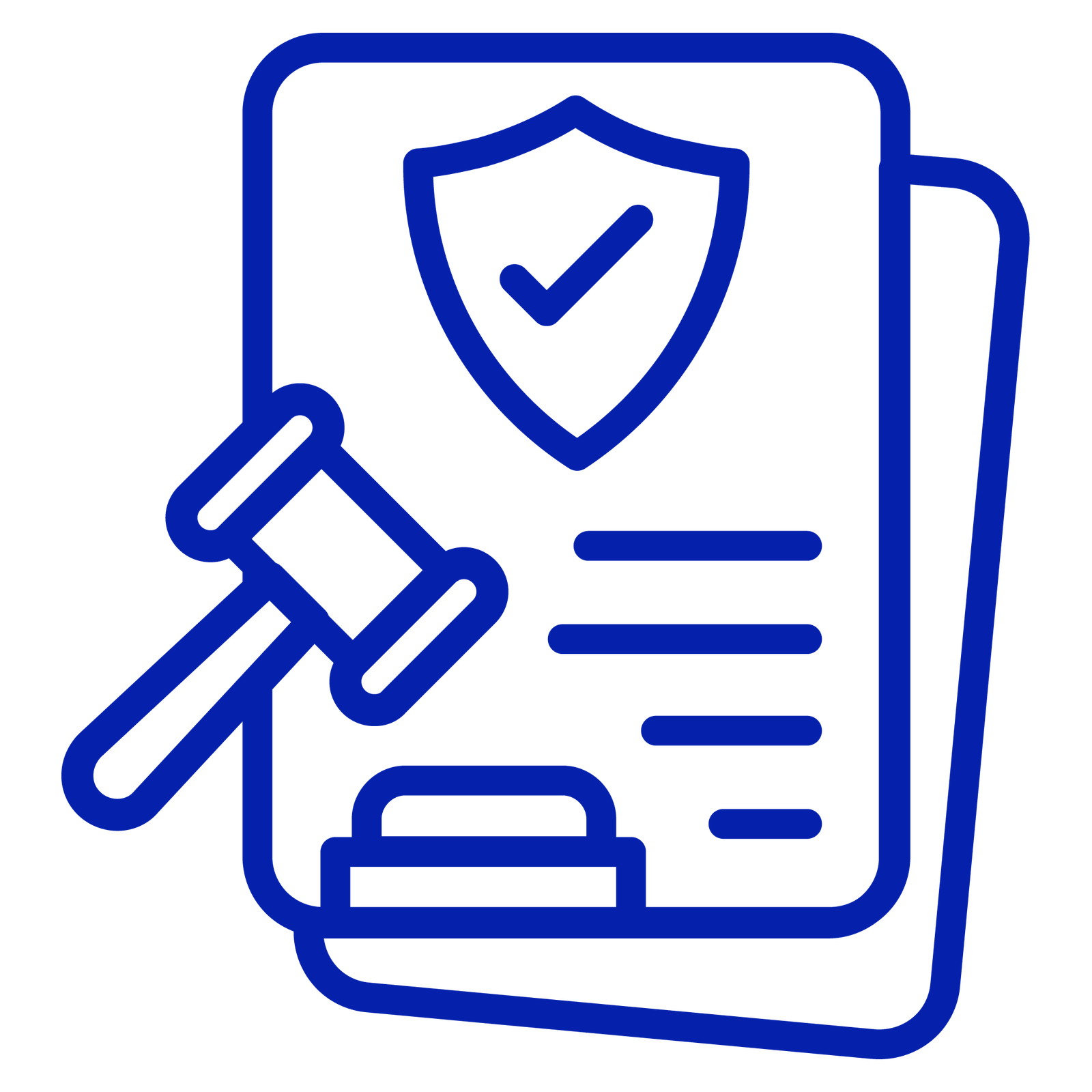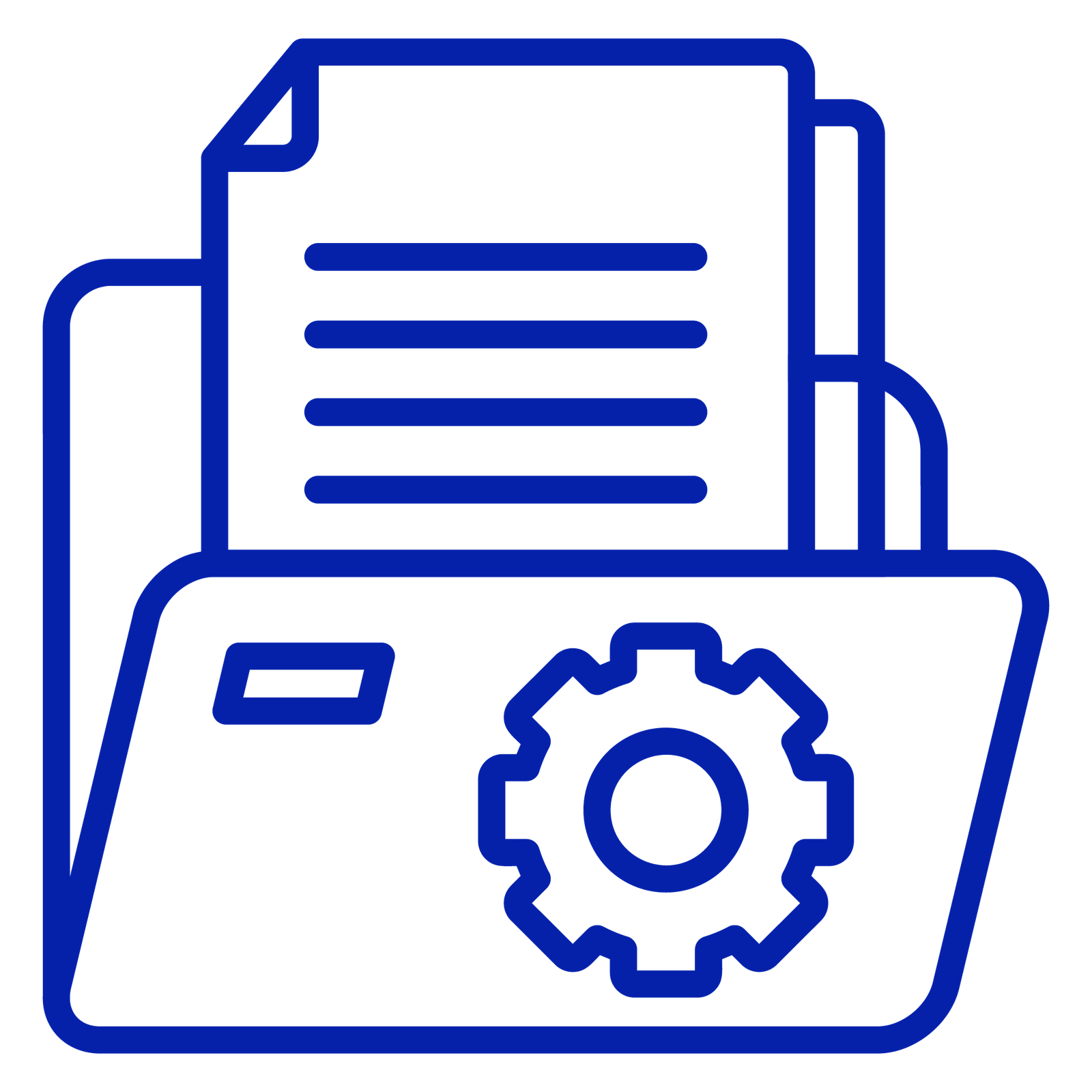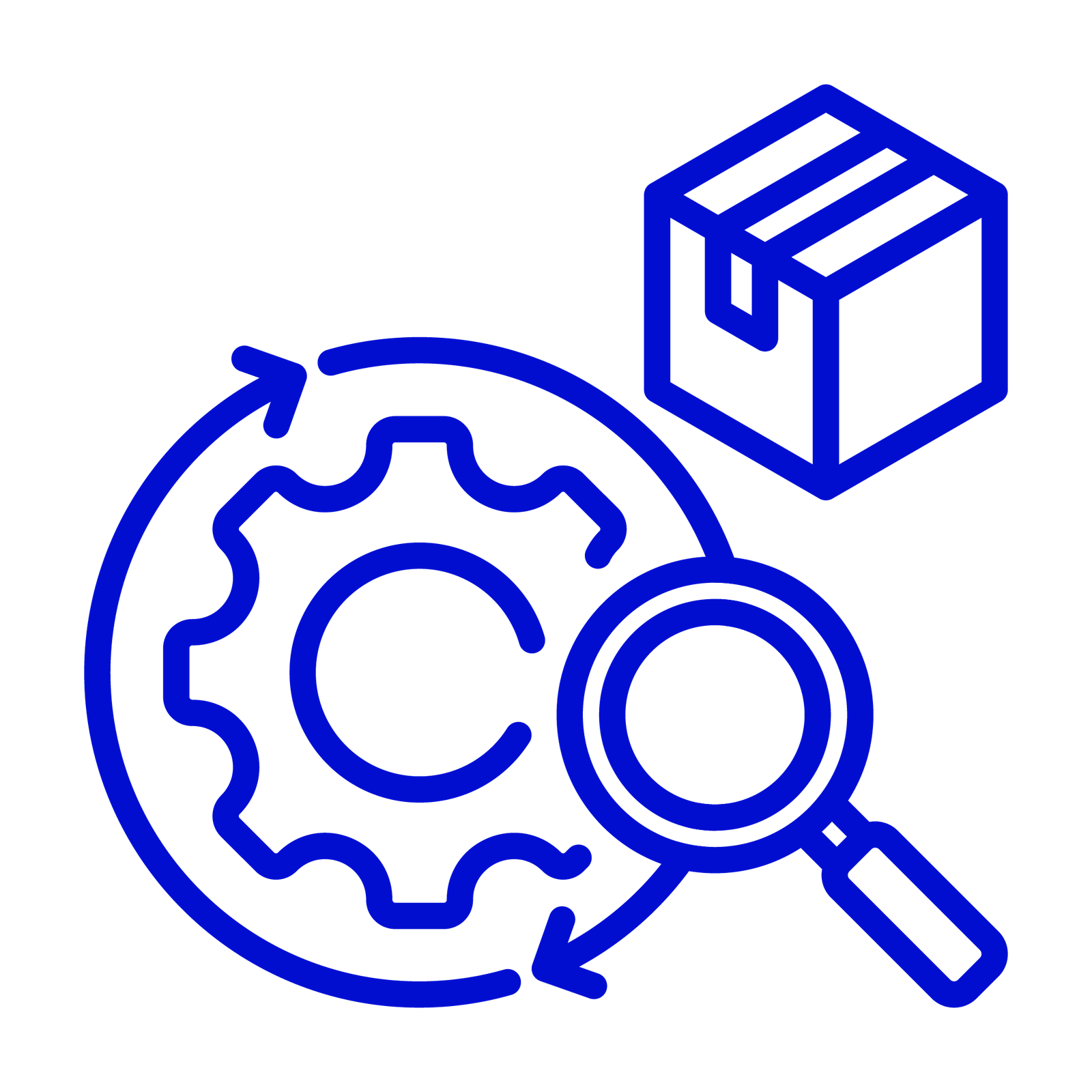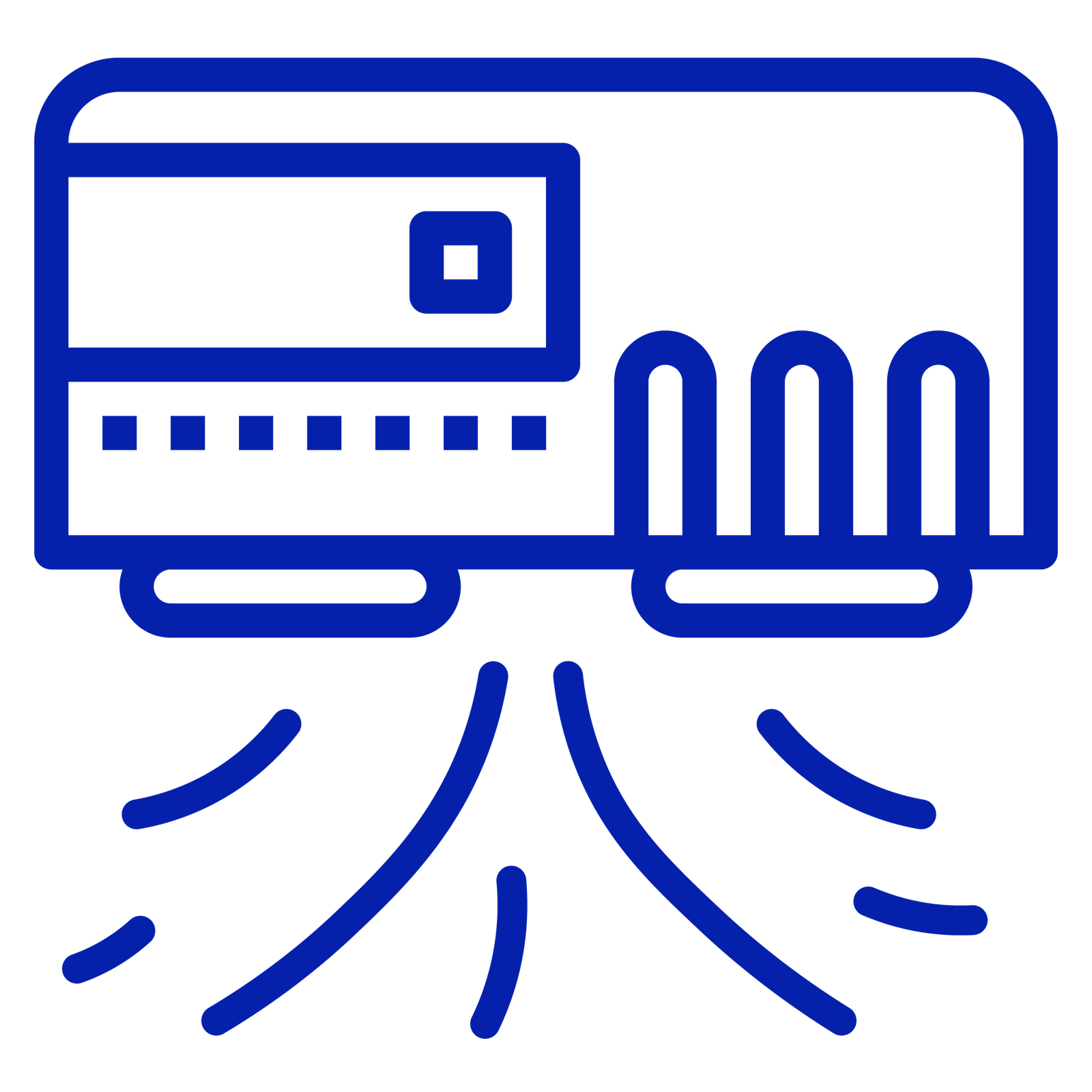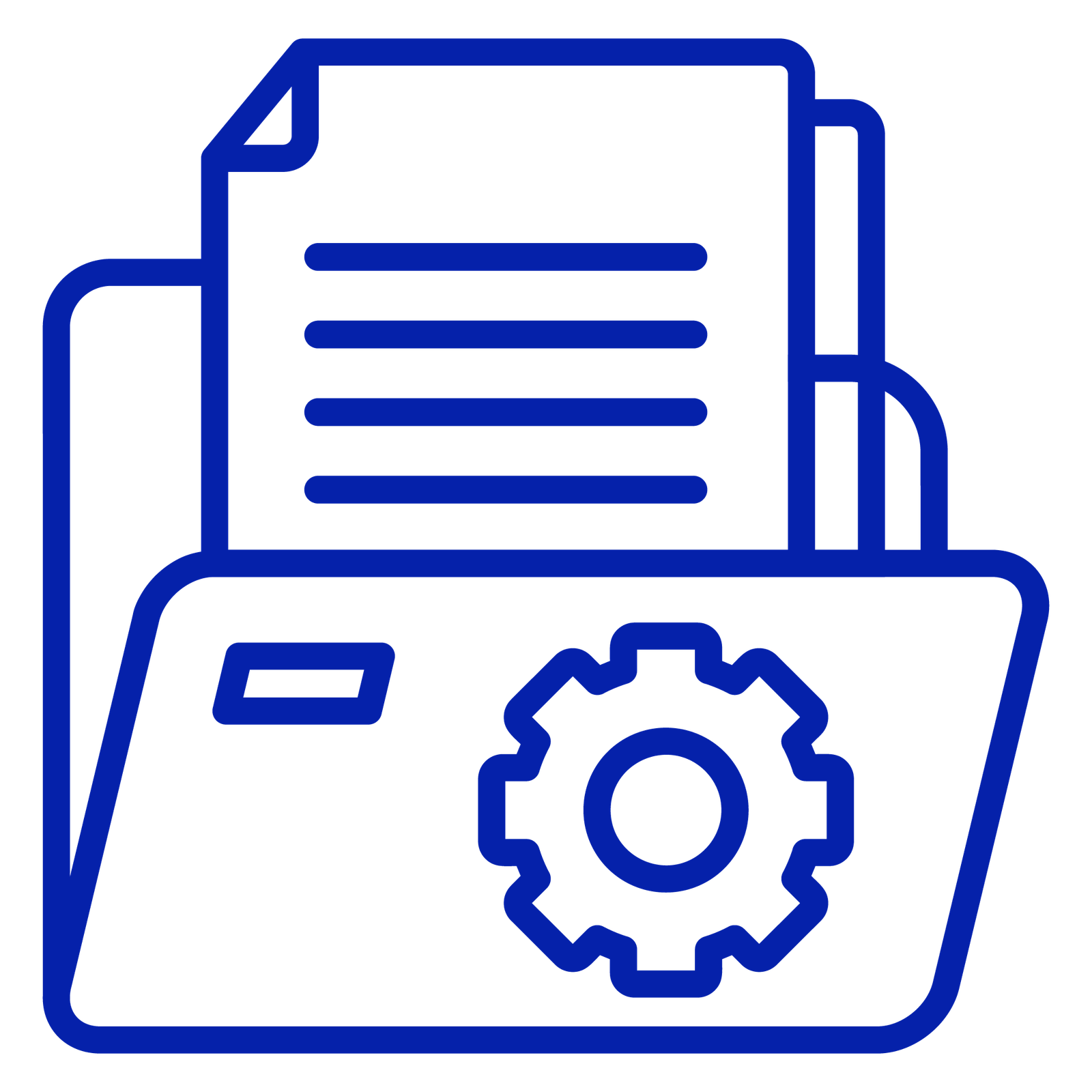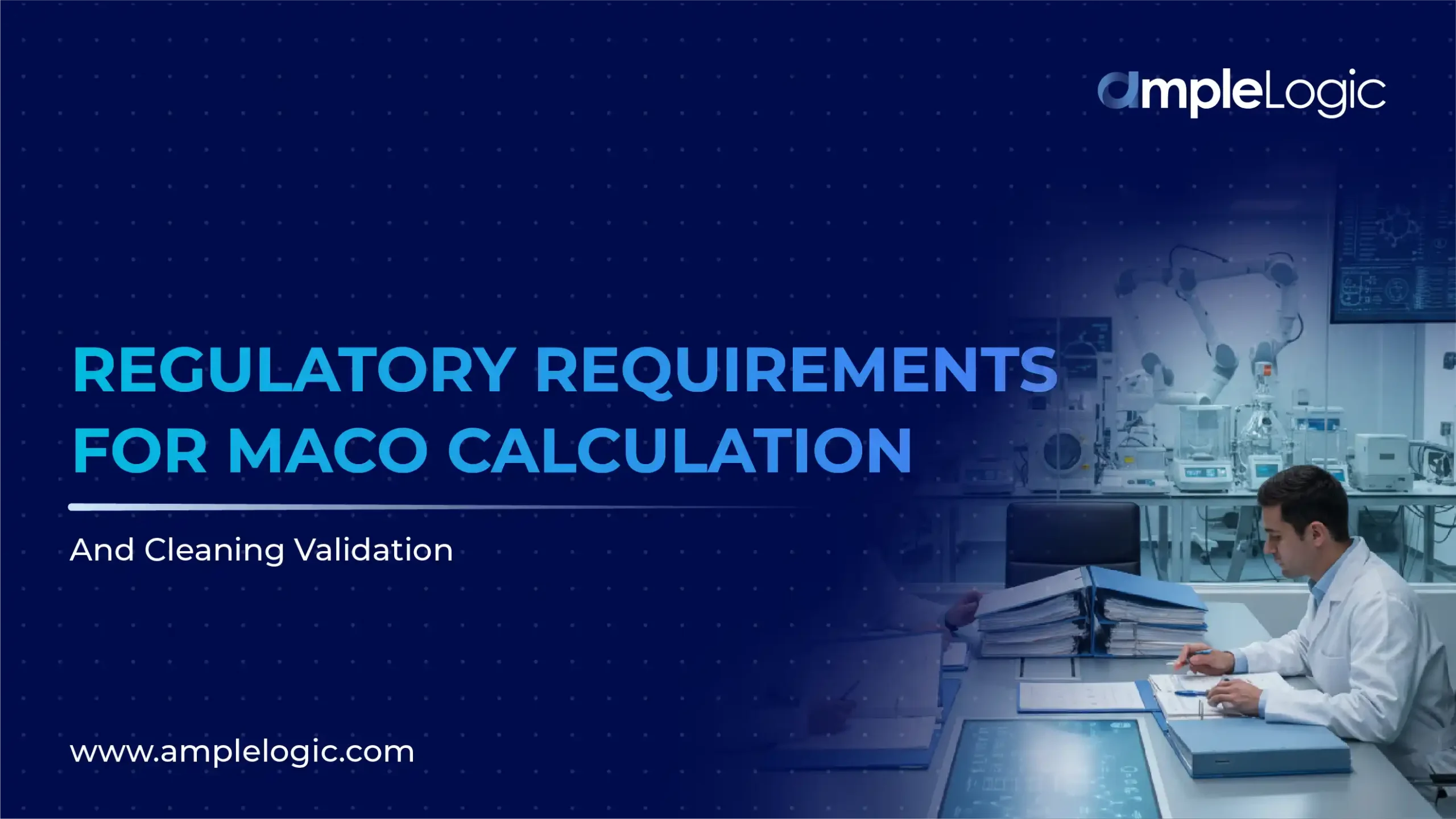
Maximum Allowable Carryover (MACO) defines the maximum residue of one drug that can remain on equipment and potentially transfer into the next product, without compromising patient safety. It translates toxicological data, therapeutic dosage, batch size, and equipment parameters into scientifically justified cleaning acceptance limits.
Over the last decade, regulators worldwide have transitioned from arbitrary default values (like 10 ppm) toward toxicology-based calculations, particularly using Permitted Daily Exposure (PDE). In India, most manufacturers cater to international markets, which makes harmonization with the FDA, EMA, WHO, PIC/S, and key pharmacopeias (USP, Ph. Eur., IP) critical.
Regulatory Perspectives
In pharmaceutical manufacturing, it isn’t enough to just set a scientific limit like MACO; regulators across the world want to see how those limits are calculated, documented, and applied on the shop floor. Different agencies, such as CDSCO in India, FDA in the US, and EMA in Europe, lay down their own expectations, but all share a common goal: protecting patients from cross-contamination.
Central Drugs Standard Control Organization (CDSCO), India
- Indian GMP guidance requires cleaning validation to establish residue limits based on toxicology, batch size, equipment design, product characteristics, and usage.
- While legacy facilities still use the 10 ppm approach, inspectors increasingly expect PDE or dose-based calculations with documented rationale.
- CDSCO auditors request a clear linkage from product data (strength, batch, toxicity) to final swab/rinse limits.
- Validation of analytical recovery (commonly ≥70%, though not legally mandated) is frequently inspected.
The agency is aligning with international toxicology-guided approaches, but local guidance stops short of mandating PDE for every case.
India’s Regulatory Environment
As a global hub for pharmaceutical manufacturing, India has seen intensified regulatory activity. In 2023, the USFDA conducted over 135 inspections of Indian manufacturing sites, the highest since the pandemic began, though still below pre-pandemic levels. Indian pharmaceutical companies have received multiple warning letters for cleaning validation deficiencies, including:
- Inadequate MACO calculations
- Insufficient validation of residue limits
- Incomplete cleaning validation swab limit calculation recovery studies
The CDSCO has also aligned its guidance more closely with ICH and WHO standards, emphasizing:
- Risk-based cleaning validation frameworks
- Toxicity-informed MACO calculations
- Rigorous documentation protocols
Thorough application of these principles is essential for regulatory acceptance, patient safety, and sustainable manufacturing operations.
US Food and Drug Administration (FDA)
- 21 CFR Part 211.67 requires scientifically valid cleaning to prevent cross-contamination.
- FDA expects residues to be justified via PDE or dose-based methods; use of unsubstantiated 10 ppm cutoffs is a red flag and a common source of Form 483 observations.
- Inspectors review: calculation traceability, analytical method validation, and whether safety/uncertainty factors are scientifically justified (not inherited from old SOPs).
- There’s also an increasing expectation that operating teams, not just QA, can explain why specific MACO numbers were chosen.
European Medicines Agency (EMA)
- EU GMP Annex 15 (2015) and related EMA Q&A emphasize toxicological evaluation, with PDE-based calculations as the gold standard.
- Dose-based limits are acceptable only with justification; 10 ppm values are largely discouraged except as comparative checks.
- EMA requires documentation that shows: derivation of PDE, justification for safety factors, calculation steps, and links to cleaning procedures and sampling plans.
Pharmacopeias: USP, Ph. Eur., and IP
- USP <1224> Cleaning Validation highlights the requirement for scientifically justified acceptance criteria and recognition of toxicological/dose-based MACO calculations.
- European Pharmacopeia (Ph. Eur.) refers manufacturers to toxicological risk assessment principles in line with EMA guidance.
- Indian Pharmacopoeia (IP) has referenced cleaning validation principles within general chapters, with CDSCO encouraging harmonization with WHO/PIC/S guidance.
- Across pharmacopeias, the emphasis is on scientific justification, validation of recovery, and product-specific rationale, not reliance on inherited numerical limits.
ICH, WHO, PIC/S and Other Guidance
- ICH Q7, Q9, and Q10 embed the need for risk-based lifecycle approaches in cleaning validation.
WHO TRS and PIC/S PE 009 documents reiterate that residue limits must come from toxicological, pharmacological, or dose rationale, and should be periodically reassessed with new data.
What Auditors Expect to See?
Across agencies and pharmacopeias, recurring inspection themes include:
- A transparent calculation trail from pharmacological/toxicological data to final swab/rinse limits.
- Validated sampling recovery studies for surfaces and solvents, applied in calculations.
- Clear inclusion of batch size, dosing, and safety/uncertainty factors, not just final numbers.
- Re-evaluation of MACO in annual product quality reviews or after process/product changes.
- Documentation that allows reconstructing decisions and verifying that PDE/dose logic is correctly applied.
Best Practices in MACO Calculation and Cleaning Validation
1. Use Product- and Process-Specific Data
- Avoid “standard” 10 ppm limits.
- Collect the latest toxicological/dosing data for each API.
- Document batch sizes, equipment maps, and process flows.
2. Prioritize PDE-Based or Dose-Based Methods
- Use PDE where toxicology data supports it (preferred by EMA, WHO, pharmacopeias).
- Dose-based methods can be applied with case-specific safety factors (e.g., injectables, pediatrics), but must be justified.
- Use 10 ppm numbers only as a secondary comparative check.
3. Validate Swab and Rinse Recovery Methods
- Confirm recovery rates on representative equipment surfaces (steel, glass, polymer).
- Document solvent choice, swab technique, training, and surface compatibility.
- Use scientific correction if recoveries fall short.
4. Maintain Data Traceability
- Digital or controlled calculation sheets should show each step from PDE/NOEL to swab/rinse threshold.
- Reference toxicology data, formulas, and validation in one auditable chain.
- Ensure documentation aligns with pharmacopeial and ICH lifecycle expectations.
5. Re-evaluate Regularly
- Update MACO values when new products are introduced, batch scales change, or updated toxicology emerges.
- Treat MACO limits as part of living validation data, not fixed historical records.
6. Leverage Digital Tools for Accuracy & Compliance
- Platforms such as AmpleLogic integrate product libraries, manufacturing line data, and toxicological inputs to automatically generate and document MACO values.
- Automated calculation tools with digital audit trails and signatures prevent transcription errors and provide rapid inspection readiness.
- On-demand reports link toxicology, PDE, equipment mapping, and sampling recovery to each MACO figure, a level of traceability that regulators increasingly emphasize.
- We follow a risk-based approach aligned with ICH Q7, Q9, and Q10, where identifying the worst-case scenario plays a major role in the MACO calculation to ensure patient safety and regulatory compliance.
7. Build Cross-Functional Ownership
- Involve QA, production, R&D, maintenance, and toxicologists.
- Ensure operators and supervisors know not just how, but why limits are set as they are.
Common Mistakes to Avoid
- Continuing to rely on unjustified 10 ppm defaults.
- Generic safety factors (1,000/10,000) applied without product-specific justification.
- Assuming 100% sampling recovery without validation.
- Poor documentation, “ghost numbers,” or missing toxicology references.
- Failing to recalculate after process/product changes.
- Setting overly strict limits with no consideration of analytical detection feasibility.
- Spreadsheet/template errors without proper version control or audit trail.
Emerging Trends and Strategic Outlook
- Global regulators and pharmacopeias now expect toxicology-driven PDE limits instead of arbitrary values.
- Emerging technologies (e.g., spectroscopy, in-line monitoring) support faster verification beyond swabs and rinses.
- MACO and cleaning validation are expected to evolve as dynamic, lifecycle processes, not one-time exercises.
- AmpleLogic’s digital MACO modules automate calculations, integrate recovery studies, and maintain document versioning with compliance-ready audit trails.
- Ongoing training ensures organizations stay aligned with FDA, EMA, CDSCO, WHO, pharmacopeia standards, and industry best practices.
Conclusion
Cleaning validation and MACO calculation have advanced from static, number-based compliance activities into risk-based, data-driven regulatory expectations. Regulatory agencies and pharmacopeias worldwide converge around scientifically defensible, toxicology-based rationales, documented with transparency and traceability.
For manufacturers, especially exporters in India, adopting digital-first, pharmacopeia-harmonized, PDE-focused MACO strategies not only ensures smoother inspections but also protects patients, products, and reputations. Platforms like AmpleLogic enable this transition by connecting toxicological science, operational practice, and regulatory compliance into a single, auditable system.

